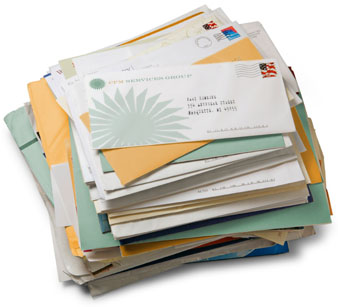a) more expensive than email
b) quaintly old-fashioned
c) regaining popularity in B2B circles
d) often overlooked as an effective way to reach customers and prospects.
Answer: (e) all of the above. Yet many B2B marketers continue to be allergic to the idea of using direct mail, simply because it seems such a throwback in our mobile-social-online era.
Old fashioned, yes, but used smartly and effectively, direct mail can play a vital role in a well-rounded, integrated marketing plan. Direct mail is tangible, personal, and gives you a measure of creative license that’s increasingly difficult with email, where even minor graphics can be a sure-fire trigger for spam filters.
Here are 5 areas that make ideal candidates for including direct mail in the marketing mix:
1. Lead Nurturing. Direct mail can play a useful role in lead nurturing by enabling you to reach prospects who have opted out of email communication, or who otherwise aren’t responding to your emails due to spam filters, firewalls or just plain email fatigue.
2. Target Account Programs. If you’ve decided to dedicate serious investment to a drip campaign designed to penetrate a finite number of key accounts, relying 100% on email to get the job done is the marketing equivalent of all your eggs in one proverbial basket. Direct mail diversifies your risk and gives you another touch point with your key contacts.
3. Small Business. The advantage of using direct mail to target small business is that there’s likely to be no mail room and fewer gatekeepers between you and your target recipient. Most small business owners receive their mail directly, and at their place of business. Plus many aren’t in front of PCs all day and so may only see your email after hours.
4. Top Management. Dimensional mail in particular can help you break through the clutter, especially when targeting top executives. Non-technical executives in more traditional industries can be especially unreceptive to electronic communications.
5. Customer Marketing. If a company does business with you, they’re much more likely to open and respond to direct mail, particularly if you use more traditional closed-face or window packages that don’t scream out “junk mail.” Ask yourself: if you receive mail from your bank with no teaser copy on the front, do you open it? Most do.
As with any marketing vehicle, testing direct mail is key. If you’re concerned about the cost of mailing to 50,000 users, mail to a smaller sample first and gauge response. The results may surprise you.


Great article. I’ve used dimensional mail many times for my distribution business to get to key decision makers in the retail world.